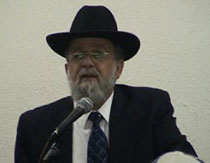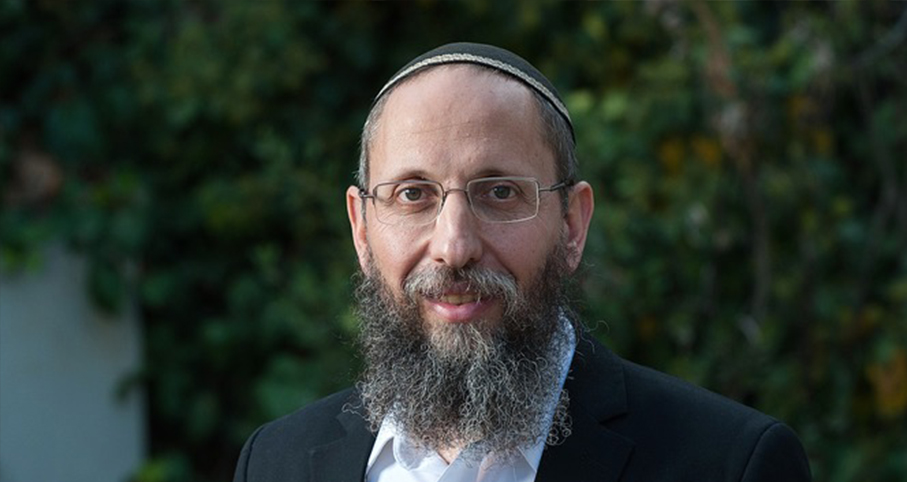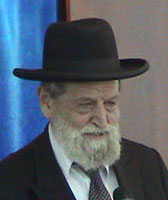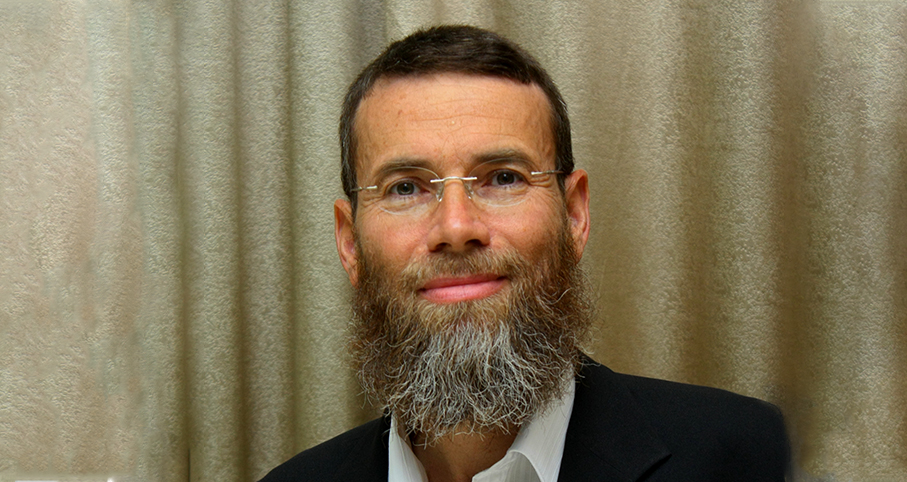Beit Midrash
- Torah Portion and Tanach
- Bamidbar
- Masei
- Torah Portion and Tanach
- Bamidbar
- Matot
The Torah study is dedicatedin the memory of
Tzipora Bat David
What is it that made Sodom such a symbol of evil? We could cite many commentaries as to the atrocities they perpetrated. However, it may be more useful to find a common thread which epitomizes the spiritual danger that Sodom engendered. The mishna (Avot 5:10) discusses different approaches to property. All agree that one who says, "Mine is mine, and yours is mine" is a rasha. According to some, one who says: "Mine is mine, and yours is yours" takes the middle approach (between tzaddik and rasha). However, another opinion refers to this as the attribute of Sodom. That seems difficult. Sodom after all is the paradigm of wickedness, which one would think is stronger than the simple term, rasha. Chazal also refer to Sodom in the context of a curse on one who wants to back out of a transaction after money was paid toward it. Finally, we call one who refuses to allow another to benefit from his property when it does not cause him loss to be one who is guilty of the attribute of Sodom.
The mishna’s use of the term rasha applies to one’s overall status; the reference to Sodom is to an act that contains the attribute of Sodom. Almost all of us possess an element of Sodom, which, in fact, is based on a legal and even halachic truth. One is not required, in most individual cases, to give of his own to another. Likewise, before a valid kinyan is complete, one has a right to back out. This actually makes their philosophy, epitomized by not accepting guests, so dangerous when it begins to become a way of life. Thus, Tanach and Chazal made reminders and laws to warn society that when it acts too much like Sodom, then Hashem may need to deal with them as He did with Sodom. Let us strive to have a heaping measure of ahavat chinam to serve as an effective antidote to Sodom-like tendencies, enabling past destruction to turn into an imminent rebuilding of the Beit Hamikdash in the heart of a lawful and generous society.

What’s in a Name? A Lot but Not Enough
Rabbi Shaul Yisraeli zt"l | 5773

Their Origins and their Journeys, by Hashem’s Word
Rabbi Shaul Yisraeli zt"l | Av 3 5779

Journeys
Rabbi Stewart Weiss | Tammuz 28 5781























